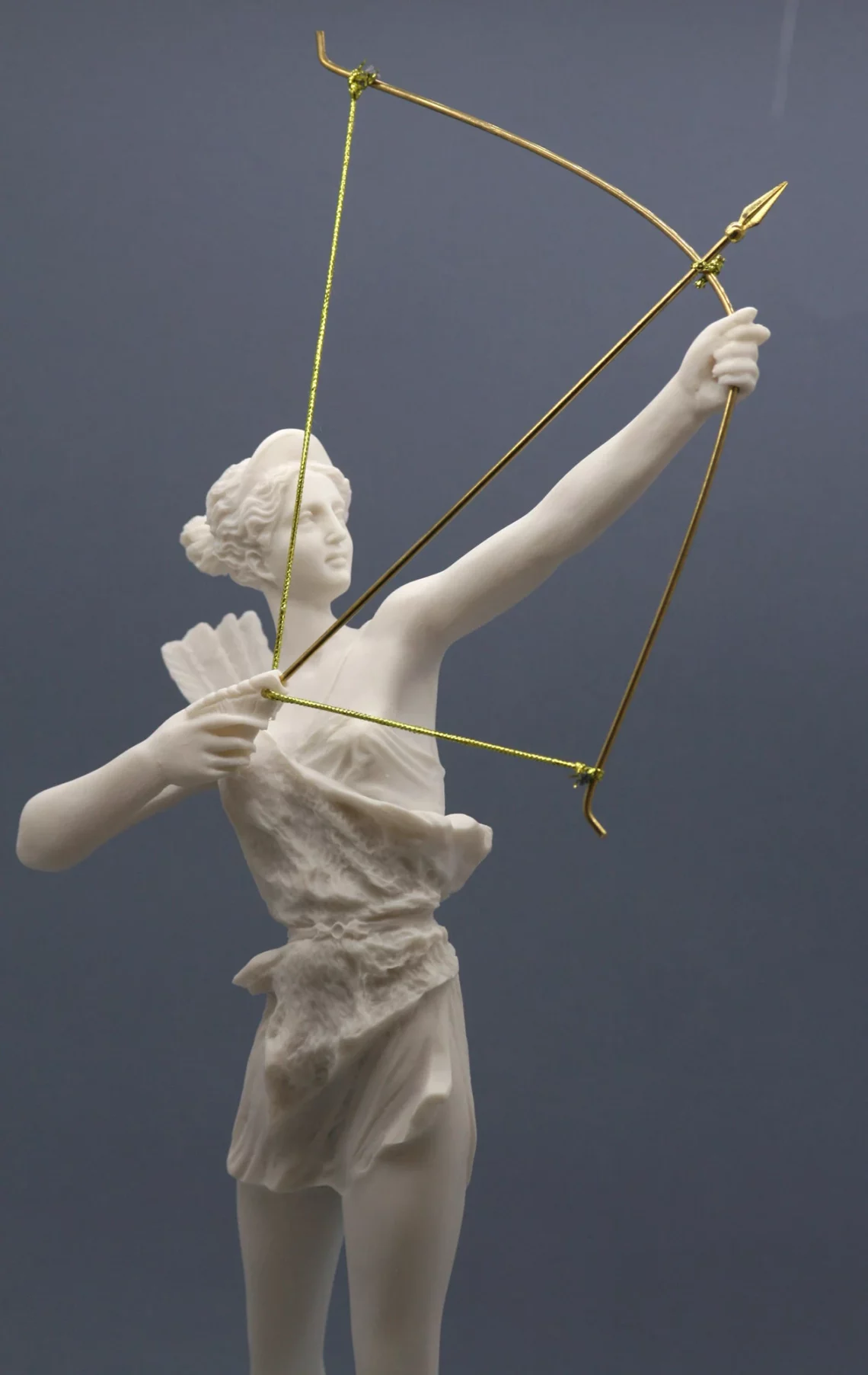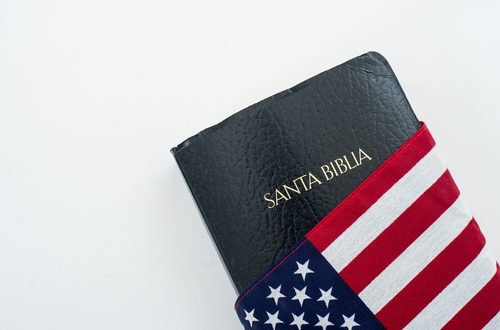
Bible Backgrounds: Read Some NT Books with the Artemis Cult in View
Ever seen drawings of the ancient goddess Artemis? If so, she was probably carrying a bow and arrow. More recent iterations of her as Wonder Woman still depict her the same way—with shields, bows, and arrows.
Ancient literature includes many references to Artemis as a master of archery. We see a similar connection in the epigraphic (inscription) evidence. In what is known as “the Oracle Inscription” found in the ruins of Ephesus, the goddess is described as “Artemis of the golden quiver,” a “shooter of arrows” and a “straight-shooting one.” In the ancient Ephesians’ manifestation of her, as with the more generic Artemis, the arrow was her primary weapon.
What does Artemis have to do with Bible? Maybe a lot…
Talking about spiritual warfare in his epistle to the Ephesians (Eph. 6:10–18), Paul was writing to people in this city that served as guardian of Artemis’s temple and Ground Zero for her cult (see Acts 19). And he gives a reason Christ-followers need to armor-up with the breastplate of faith: to extinguish “flaming arrows of the evil one” (6:16). Might he have had the cult of the queen of archery in mind?
Ephesus was a port city with access to great roads and harbors. So the metropolis was strategic geographically and politically. As such, it became an important site of early Christianity. Priscilla and Aquila, Paul’s partners in tent-making and ministry, eventually moved with Paul to Ephesus (Acts 18:19). The city served as home base for Paul for three years (c. AD 50–53). And to or from Ephesus he probably wrote 1 Corinthians (see 1 Cor. 16:8), the Book of Ephesians, and 1 and 2 Timothy. The addressee of the latter, Paul’s protégé, continued to minister in Ephesus even after his mentor left (1 Tim. 1:3). Tradition places Jesus’s mother in Ephesus along with the elder John after his exile on Patmos in the 90s. And John reportedly wrote his Gospel while in Ephesus and surrounding towns, along with 1, 2, and 3 John. That is a lot of “Ephesus” influencing the New Testament (NT)!
In Acts we find a good summary of some key events that happened in this city at the time of the earliest Christians. Sorcerers burned magic books (Acts 19:18–20), Paul taught daily, and an uprising made Paul decide to end his three-year stint in the city earlier than planned (19:23–20:1). The problem? Serious opposition from followers of, you guessed it, Artemis.
Scholar Michael Immendörfer in Ephesians and Artemis notes that in the Book of Ephesians, Paul “adopts local Artemis terminology and infuses it with new meaning or defines it in relation to Christ, so that cultic terms are used to criticize the cult.” The author concludes, “As readers were familiar with the [cult] language, it is very likely that they recognized the author’s allusions and could comprehend the intended associations. They consist of direct attacks on the cult and of indirect polemic.”[1]
Comparing words in the NT written from or to an Ephesian context with ancient words about Artemis one does indeed find surprising overlap. In some cases, terms that appear only once in the NT show up in the papyri or inscriptions and provide some context. For example, Paul is in the great city (1 Cor 16:8) when he describes his time there saying, “I fought with beasts (ἐθηριομάχησα) at Ephesus” (15:32). By “beasts” does he mean animals or people? We get a clue when we notice that Homer described Artemis as “Potnia theron” (Πότνια Θηρῶν), mistress (counterpart to master) of wild beasts. In his choice of the term for “beast” Paul has chosen to use the form of a word found in one of Artemis’s titles. The NT describes how Paul faced great difficulty because of Artemis’s followers (Acts 19:23–41; 1 Cor 16.9). So perhaps we have found a plausible explanation for what he meant by fighting beasts?
While Immendörfer has focused on the Book of Ephesians and the overlap of words relating to Artemis and her cult, I’ve been looking at a similar phenomenon in 1 Timothy. And I haven’t had to look far. Three of seven key titles ascribed to Artemis Ephesia in ancient literature and inscriptions (lord, savior, god) appear multiple times in the letter Paul sent Timothy with instructions for how to complete the work in Ephesus (1 Tim. 1:3). In fact, all three appear in his salutation. Now, usually Paul greets recipients of his missives with something like “grace and peace to you”—but not this time. To his protégé in Ephesus he writes this: “Paul, an apostle of Christ Jesus by the command of God our Savior and of Christ Jesus our hope, To Timothy my true son in the faith: Grace, mercy and peace from God the Father and Christ Jesus our Lord“ (1 Tim. 1:1, 2). In Second Timothy we find another of Artemis’s seven key titles, this one relating to epiphany/appearance. And Paul has combined that title with that of Savior to describe the plan of God that “…has now been revealed through the appearing of our Savior, Christ Jesus, who has destroyed death and has brought life and immortality to light through the gospel” (2 Tim. 1:10).
The creators of our Koine-English lexica (dictionaries) took into account literary sources from the ancient world when they wrote their works, but they drew on very few inscriptions. Meanwhile, more than half a million inscriptions from the time of the earliest Christians are available to us today. (One source even puts that number at a million!) Now that inscriptions are available online and many have even been translated into English, it’s time to revisit how these background sources can shed further light on the settings and meanings in our NT texts.
[1] Immendörfer, Michael. Ephesians and Artemis: The Cult of the Great Goddess of Ephesus as the Epistle’s Context. Tübingen : Mohr Siebeck, 2017, pp. 313.




